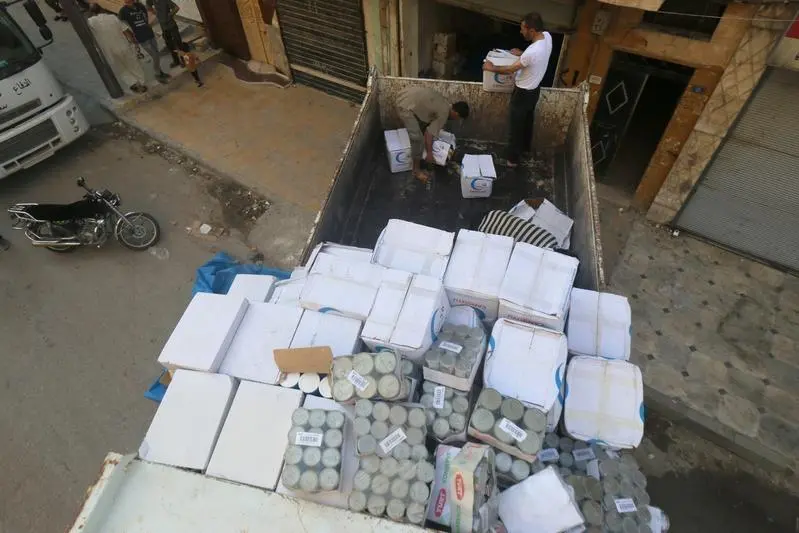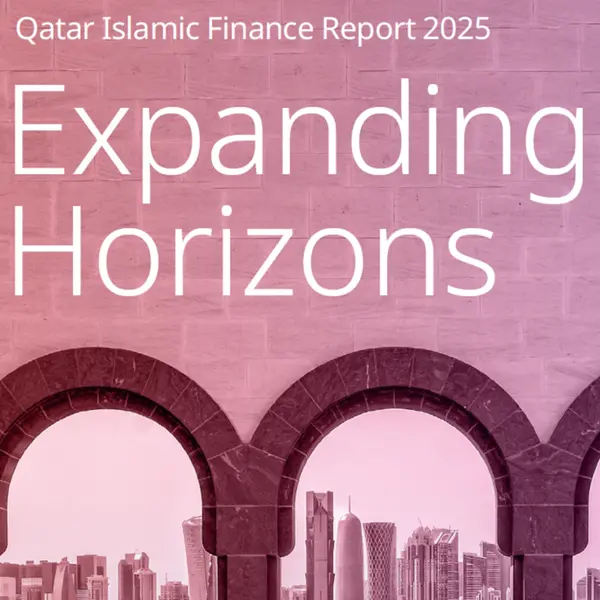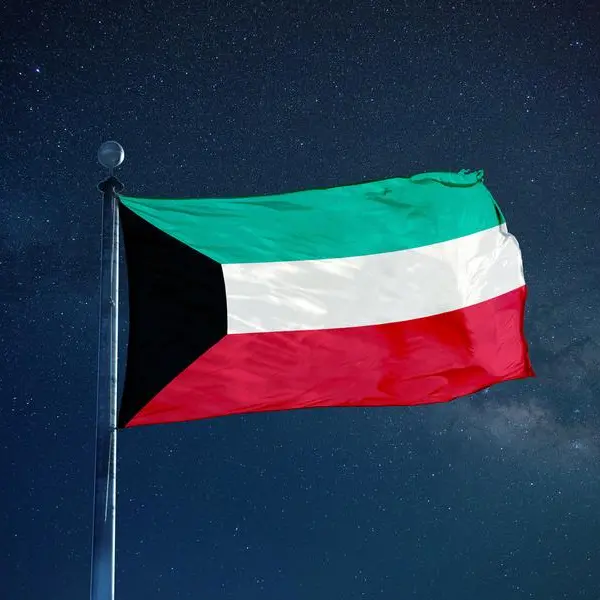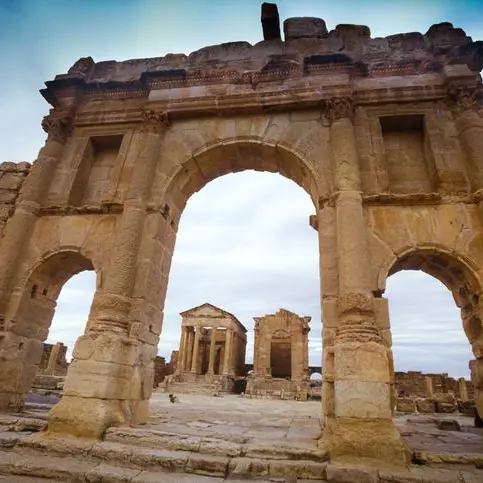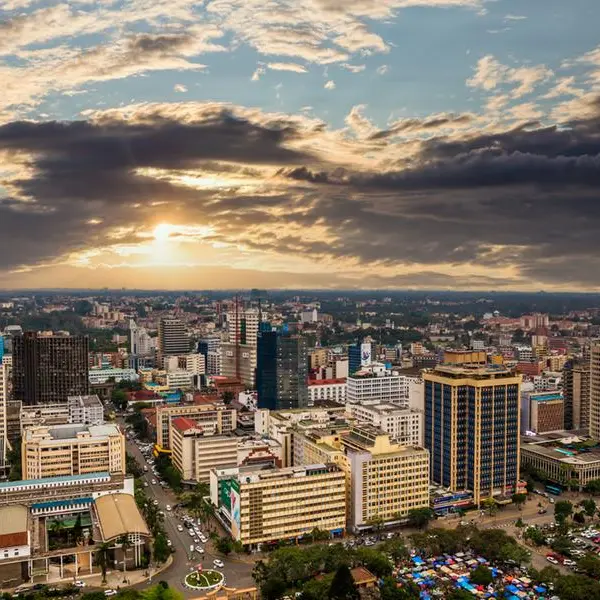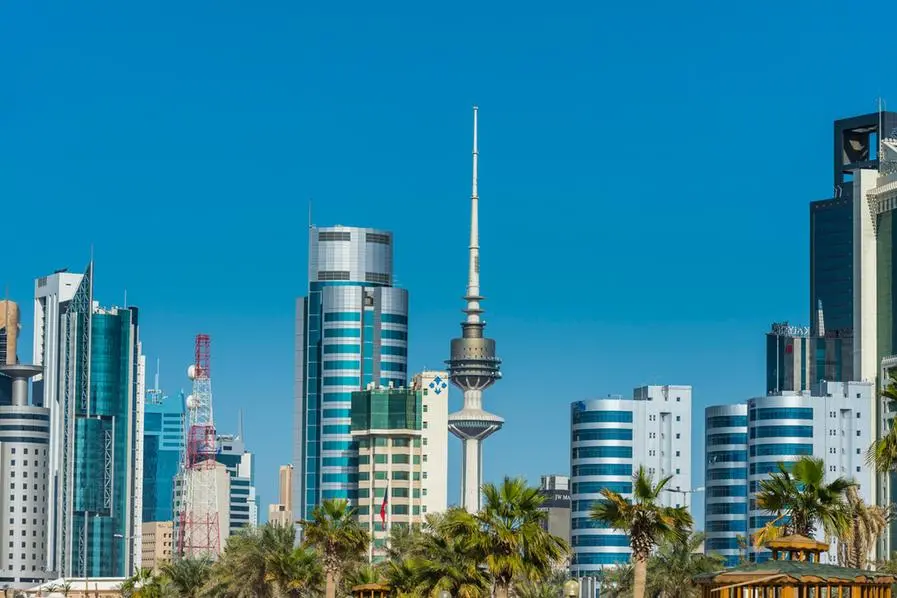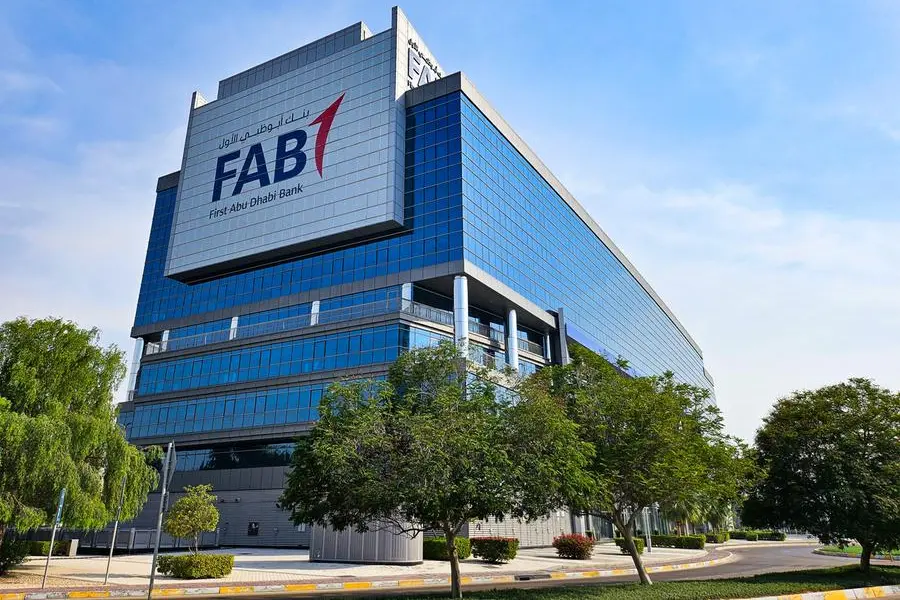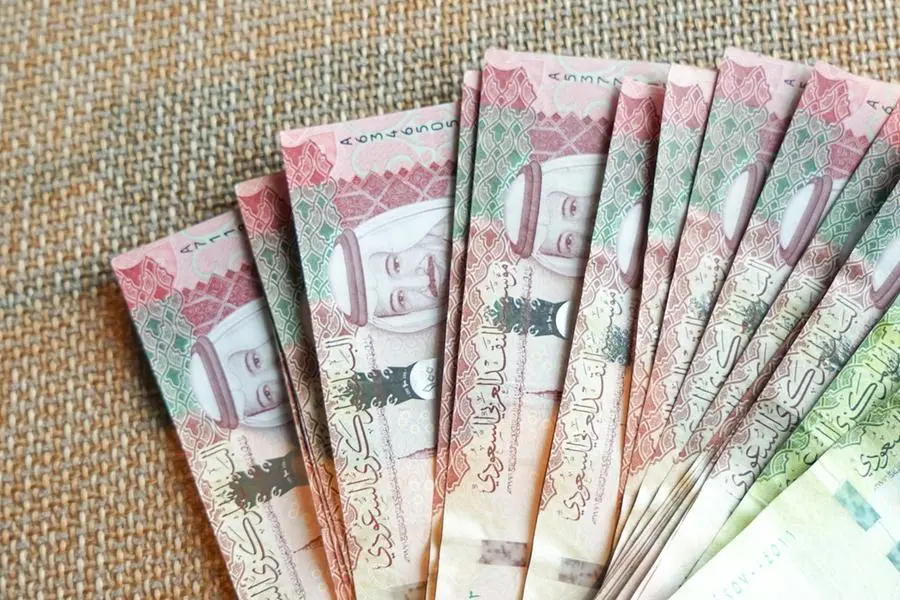PHOTO
Workers unload food aid parcels that were brought into rebel held areas of Aleppo through civil defence vehicles from a newly opened corridor that linked besieged opposition held eastern Aleppo with western Syria that was captured recently by rebels, in Aleppo August 12, 2016. REUTERS/Abdalrhman Ismail
The UN and other organizations have recently noted that the already dire humanitarian situation in Syria is worsening. Yet, humanitarian organizations face extreme challenges in providing aid to Syrians. Those challenges are likely to intensify this year.
According to UN officials, two out of every three people in Syria rely on humanitarian aid. About 90 percent of Syrians are in poverty, while 60 percent are food insecure. About 6.7 million are internally displaced within Syria, while more than 6.8 million additional Syrians are refugees in other countries. Runaway inflation, economic collapse and the COVID-19 pandemic have exacerbated their suffering.
Humanitarian organizations face several challenges throughout the country. Syria is fragmented into multiple zones with different authorities; aid groups must develop functioning relationships with these authorities in order to deliver assistance. No political solution is in sight — especially no solution that would address the root causes of the conflict. Many donors question the value of investing in a place with such uncertainty. Neighboring countries also need aid to support the large refugee populations, while addressing their own economic and political crises. Despite billions of dollars in aid going to Syria each year, it remains insufficient, given the extreme need. Meanwhile, donor fatigue is increasing.
The Center for Strategic and International Studies, a Washington think tank, this month published a report that provides details on the impediments to aid in Syria, as well as recommendations. It includes analysis on the challenges in areas controlled by the Syrian Democratic Forces, Turkish authorities and Hayat Tahrir Al-Sham. Aid groups face notable challenges working in those zones, but access there tends to be greater than in government-controlled territory.
The CSIS report’s analysis on aid in regime-controlled areas aligns with other research that has found that the Assad government has established an effective system to misdirect aid to serve the regime’s purposes at the expense of Syrians in need. The report notes that the regime has become increasingly adept at manipulating humanitarian assistance. Unfortunately, efforts to help Syrians in government-controlled areas often end up supporting the very regime that often caused the destruction and suffering in the first place.
The report also notes that more than 60 percent of Syrians in need live in government-controlled areas, which creates a difficult dilemma for aid organizations that want to help vulnerable Syrians but must work with the regime to do so. The Syrian regime uses aid to reward itself and those loyal to it, as well as to punish opponents. It also uses aid to monitor and control the population.
The CSIS offered details on how the regime benefits from aid. For example, Damascus requires that UN agencies work through the Syrian Arab Red Crescent or Asma Assad’s Syria Trust for Development, which are effectively controlled by the regime. This system allows the regime to divert aid away from the intended recipients, such as by giving food packages to soldiers rather than the civilians who need them. The regime also requires that UN agencies and other organizations use its official, distorted currency exchange rate, which allows it to pocket about half of aid dollars in Syria just through this measure, according to the report. And Assad uses aid reporting to increase surveillance of the population. The government threatens organizations with loss of permits and access if they criticize it or work with opposition authorities in other zones. Syrian aid workers are crucial to delivering assistance, but they are very exposed to threats and pressure from the regime.
Furthermore, when the regime conquers new territories, many aid workers must flee to avoid persecution. Those who stay, along with their families, are in danger. The regime makes humanitarian access to formerly opposition-held areas more difficult. The government has also created multiple barriers to any displaced Syrians wishing to return home.
The Assad regime also tries to control aid distribution in zones beyond its control. Only one border crossing into opposition-held territory remains approved for UN use: Bab Al-Hawa, from Turkey into northwestern Syria. Russia has previously threatened to take steps to end UN Security Council authorization to use this crossing, which would force all UN aid to go through regime-held routes. Such aid would be subject to government conditions and diversion. The current authorization to use the crossing will come up for renewal again in July, offering another opportunity to either close it or to extract concessions from humanitarian agencies in order to keep it open.
There are no simple solutions for the UN agencies and nongovernmental organizations that are trying to help the Syrian people. However, the CSIS report offers recommendations. Some of the recommendations fall under the humanitarian principle of “do no harm” — recognizing the way that aid can feed into a cycle of conflict, war economy and repression, and taking steps to mitigate negative impacts. Similarly, countries should find ways to ensure that sanctions do not affect humanitarian aid. Where possible, organizations and donors should work to move beyond emergency aid and create more stability and resilience among vulnerable populations.
The CSIS report also calls for a more cooperative, strategic approach among the UN, NGOs and donor states. Collective bargaining would give humanitarian organizations more leverage when negotiating with the Assad regime. A more strategic approach would identify current and potential gaps in aid delivery. A holistic approach would include increased diplomacy from donor states to ensure humanitarian access and to negotiate a more sustainable, long-term political solution.
- Kerry Boyd Anderson is a writer and political risk consultant with more than 18 years of experience as a professional analyst of international security issues and Middle East political and business risk. Her previous positions include deputy director for advisory with Oxford Analytica. Twitter: @KBAresearch
Copyright: Arab News © 2022 All rights reserved. Provided by SyndiGate Media Inc. (Syndigate.info).
